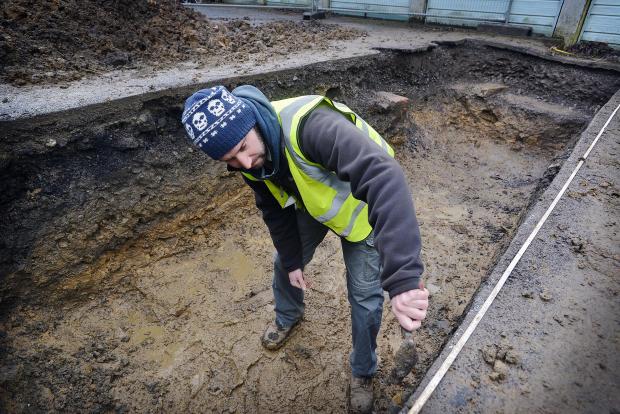Carthaginians used war elephants against the Romans in the Battle of Zoma in 202 B.C., as seen in this 1890 painting by Henri-Paul Motte. A new genetic study sheds light on world’s only known battle between Asian and African war elephants in 217 B.C.
If you think back to history class, you might remember the tale of Hannibal’s crossing of the Alps in 218 B.C. to sneak up on Rome during the Punic Wars. It was notable not just because he brought an entire army from Carthage to Rome the long way around, but because that army included elephants.
The use of war elephants dates back at least to the fourth century B.C., when Indian kings took Asian elephants into battle. The practice soon spread west to the Persian Empire and then northern Africa, where African elephants were put to military use. There’s only one known case, though, of an African elephant-Asian elephant matchup, at the Battle of Raphia near Gaza on June 22, 217 B.C. The battle, over the sovereignty of Syria, matched the forces of Ptolemy IV, pharaoh of Egypt, against those ofAntiochus III, a Greek king whose reign stretched into western Asia.
Ptolemy won the battle — but not because his elephants were any help, at least according to Greek historian Polybius, whodescribed the encounter in his work The Histories:









